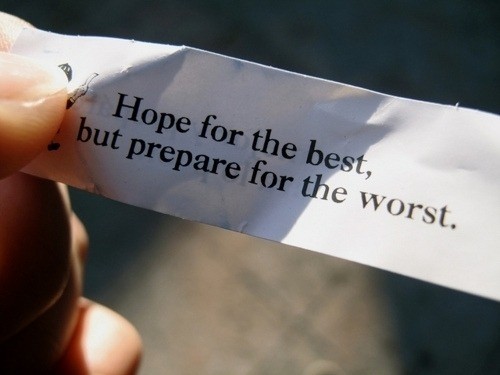6 + 1 Steps to Better Student Blogging

image from icanread
When I moved this blog to WordPress some posts did not survive, so in an effort to move some of my favorite posts with me, I will be republishing them here. This post appeared in September, 2012.
When I started blogging with my students, I had no idea what I was doing. I knew I wanted them to write, I knew I wanted them to connect, and I knew I wanted them to reflect openly on many issues and not just blog their writing assignments. Sometimes their blogs blew me away and other times I wanted to encourage them to hit delete rather than publish. Over the years as I have seen our blogging reach a wider audience, we have fine-tuned what it means to blog and it is something that I continue to work on with every batch of new students. So how can you take your blogging from just writing to actual global collaboration and reflection, well, these tips may help.
- Be a blogger yourself! I show this blog to my students and we discuss what I do to keep an ongoing dialogue going. We discuss what my writing looks like and who I am writing for. The students notice the care I take with my posts and also that I (usually) comment back. Because I am dedicated to my own blog, I know how much work it is and also how fulfilling it is. Why would you ever ask students to bare their souls if you haven’t bared your own?
- Make it authentic. Yes, I have students write about curriculum once in a while, but rarely is just a typed up version of something they already wrote. So if you want them to blog about an in-class topic such as science, how about making them keep a science inquiry diary where they discuss and reflect on their discoveries and answer questions from others?
- Discuss the difference. We tend to assume that students know the difference between blogging and writing but they usually don’t. So make a chart, a list, a poster, something and use the students’ own language to discuss the similarities and differences. Post it and bring it up again, particularly if you see students’ writing not developing the way it should.
- Create expectations. Again, ask the students; what should a great blog post look like? Then hold them to it. I have certain requirements the students have to follow and they also add their own to them, after all, this is being published to the world. While I would not have my students write a rough draft and then type that up, I believe we can hold them to a certain standard when it comes to their blogging. It should be punctuated correctly, spelled mostly correctly, and it should be a blog post, not just a couple of lines.
- Make the time for it. And keep it! I have an urge to blog most days and I do wait until inspiration strikes, however, that takes training in a sense. I love to blog and I love the conversations that follow blog posts, but this is something I have grown accustomed to. I didn’t start out that way and neither do most of my students. So dedicate class time to blog, discuss their blogs, and celebrate the comments the students get. Make it a big deal because it is! When we grow complacent about our student blogs, they lose their deeper meaning and students can take the global connections aspect for granted. The blog then becomes just another forced writing assignment. So make them a big deal and keep them that way.
- Prepare, Discuss, and Reflect. Before you start blogging, do all of the necessary preparation. Then while you blog discuss how it is going, fine-tune the expectations, and maintain a blogging presence in the classroom. Reflect once in a while; how is the blogging going? Should we take a break? Have students run the discussion, it is there hearts and minds on the line, not yours.
- Ask if they want to. This extra step may sound crazy, after all, we are the teachers. but some kids don’t want the whole world to see their writing even if their parents are okay with it. So ask students how they feel about starting this journey and respect if students don’t want their work published. I sometimes had students wirte a blog post just to me and then told me not to publish it, this always led to great discussions about the post and their feelings.
If you need more help, please visit my blogging resource page. I even have a letter for parents on blogs that you can make your own. But in the end, if you do student blogging right, it may just turn into one of the most rewarding experiences for the students and for you. And even if you don’t do it right, it is never too late to fix it. Happy blogging!
cross-posted at pernillesripp.com.
Pernille Ripp is the the author of Passionate Learners – Giving Our Classroom Back to Our Students, creator of Global Read Aloud Project, and co-founder of EdCamp MadWI. She teaches fifth grade in Verona, Wisconsin, and blogs at http://pernillesripp.com.
Tools and ideas to transform education. Sign up below.
